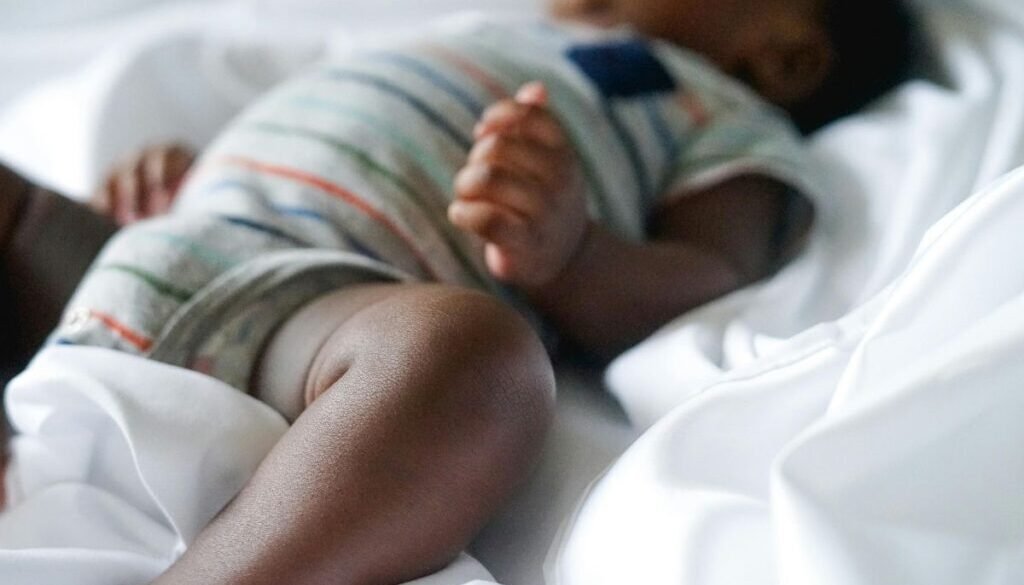5 Helpful Facts About Night Leg Pain in Kids
5 Helpful Facts About Night Leg Pain in Kids
Night leg pain in kids, also known as growing pain, is a common issue many parents worry about. In this blog, we’ll explore 5 helpful facts about night leg pain in kids to help you understand why it happens and what to do. Though it sounds scary, it’s usually not serious and can be managed easily at home.
1. What Are Growing Pains?
Growing pains are a type of discomfort that often happens in the legs—especially the thighs, calves, or behind the knees. These pains mostly occur in the evening or at night and may even wake a child from sleep. They’re not linked directly to growth but are common in children between 3 and 12 years old. Despite the name, doctors believe growing pains may be due to muscle fatigue, overuse during the day, or bone development.
2. 5 Helpful Facts About Night Leg Pain in Kids
Let’s dive into the core of this blog – the 5 helpful facts about night leg pain in kids:
It’s Not a Disease: Growing pains are harmless. They don’t cause long-term problems or physical damage.
Pain Comes and Goes: It may last for weeks or months and suddenly disappear. Then, it can return after some time.
Mostly Happens at Night: The pain tends to occur in the late evening or night, not during active playtime.
No Swelling or Redness: If the leg pain comes with swelling, fever, or redness, it’s not growing pain and needs medical attention.
Gentle Massage Helps: Massaging the legs, stretching, or using a warm compress often soothes the pain.
3. Why Do Only Some Kids Get It?
The exact reason isn’t clear, but some kids are simply more sensitive to physical activity. Running, jumping, and climbing—typical daily actions—might stress their muscles. Some studies also suggest a connection between flat feet and growing pains. While not all kids experience night leg pain, those who do often feel better with rest and gentle care.

4. When Should Parents Worry?
Night leg pain in kids is usually harmless. However, parents should seek medical advice if the pain:
Happens during the day
Is in one specific area only
Comes with swelling, redness, or warmth
Is very intense or makes the child limp
Comes with fever, fatigue, or loss of appetite
These could be signs of more serious conditions such as juvenile arthritis, infections, or vitamin deficiencies.
5. Home Remedies That Actually Work
Simple home care can bring big relief. Try these:
Warm Compress: A warm cloth or heating pad helps ease the muscles.
Gentle Stretching: Light leg stretches before bedtime can reduce pain.
Epsom Salt Bath: Soaking in warm water with Epsom salt can relax muscles.
Massage with Oil: A calming leg massage using coconut or baby oil improves blood flow.
Comforting Words: Often, reassurance is all a child needs.

Final Thoughts
5 helpful facts about night leg pain in kids show us that this condition, while painful, is rarely dangerous. Most children outgrow it with time. As a parent, understanding the signs and knowing when to get help is key. Offering care, warmth, and a little massage can go a long way in comforting your child.
External Verified Link
